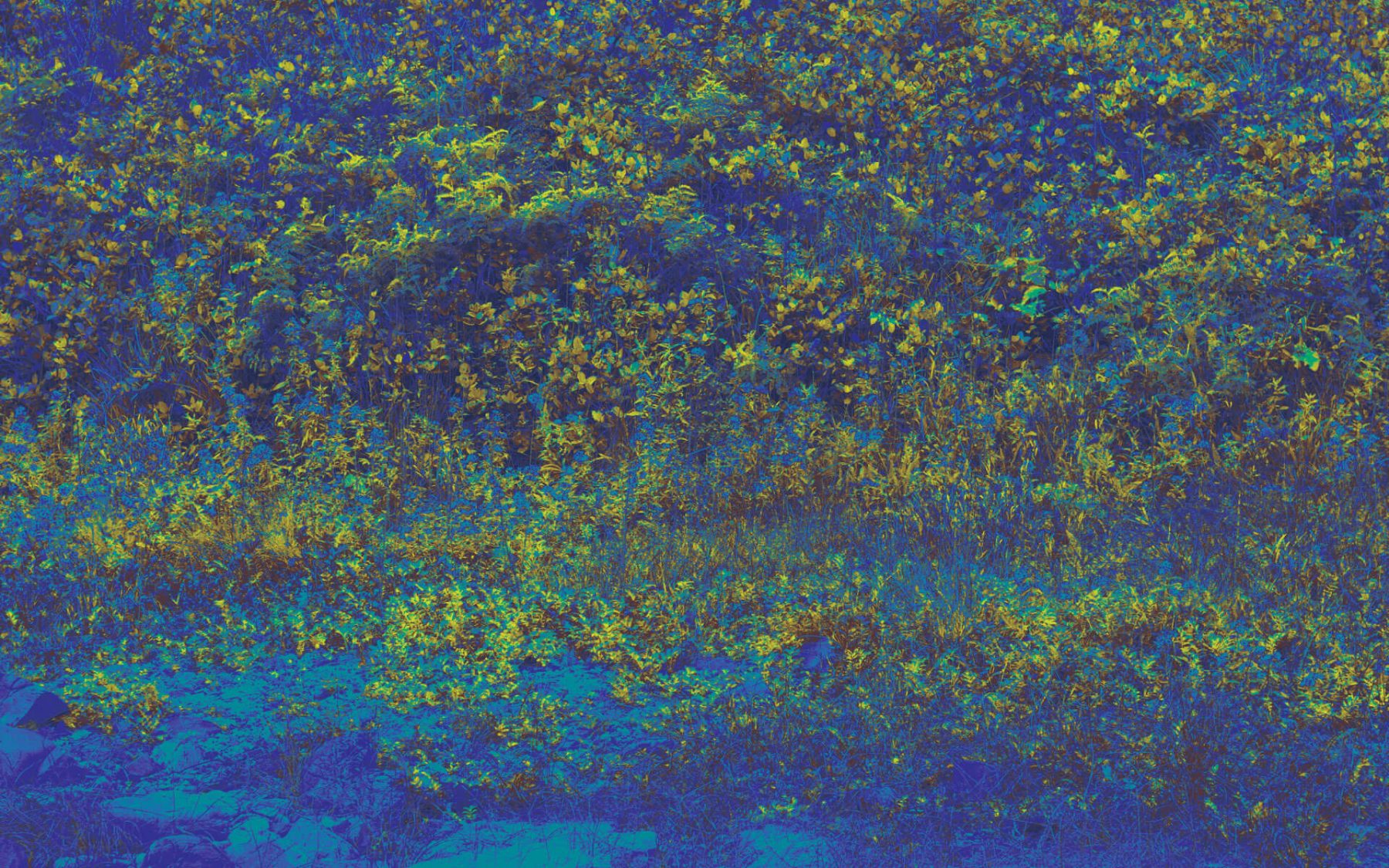José Guillermo Toro from Samaniego in Nariño
This coffee (that, despite it being a washed process, it’s so sweet and unique we refer to it as Blue Honey) was connected to us nearly three years ago through an exporter we trust – Azahar, based in Colombia.
When we first finished dialling in his coffee for the first time, we had an exciting email exchange with Andrea at Azahar, who relayed our message “Tell Guillermo his coffee is delicious! He needs to know”.
I didn’t expect that she would call him that afternoon, have an interview and relay Guillermo’s appreciation back to us.
We’re small here at Luna and can’t go everywhere just yet (and uh, 2020 happened). Some places, like Samaniego, aren’t safe from rebel groups and there are complexities in the social fabric when coca production is still very much present. For now, we have friends who can help us close those feedback loops. We know they’re respectful and on the same page. On a personal note, I’ve worked with Azahar for over five years and consider much of the team to be good friends.
The sentiments we shared with José Guillermo and that he shared with us are valid even though it wasn’t in person. We want to keep the lines of communication open with each producer we buy from, and feedback is necessary and welcome. For Nate and I, it helps us feel like the hours roasting/hand-sorting at our roastery feel worth it. We hope for Guillermo, it helps the hours picking/ washing and drying coffee in Nariño feel happier too. But the truth is we will be able to learn even more about each other’s businesses when we’re able to chat face to face. We can’t wait to say hi in person as soon as it’s safe.
Here’s an excerpt from Andrea’s interview with José:
“José Guillermo Toro is a specialty coffee producer who has been growing coffee for the last 20 years. This farm called El Balsal is in the village of Las Cochas, at 2,000 meters above sea level. Guillermo’s farm spans six hectares, with 4 of those planted with the Castillo variety. José has 20,000 trees. Four thousand trees were stumped in 2018 and entered their next period of the production end of this past year. Guillermo likes Castillo because of its high yield, resistance to coffee leaf rust and aromatic cup. During the height of the harvest, he employs 20 pickers from neighbouring villages, but likely, he had to rely on folks closer to home this time.
He has five children, all who were not keen on living in the countryside and now reside in Colombia’s cosmopolitan capital city of Bogotá.”
The harvest happened for this lot in June of this year. The finished lot clocked in at 20 x 35kg exportable bags of unroasted coffee, and we paid COP 2,000,000 to José per Carga (which represents 125kg of parchment coffee before its hulled/ prepared for export). After the careful hand-selection of the ripe Castillo cherries, Guillermo carried out the traditional post-collection process – known in Colombia as the beneficio – by himself. He told Andrea he prides himself on an informed, tried and true beneficio, which has won him local and nationwide recognition. The signature lactic and honeyed flavour of Josés coffee is purely intentional, since year after year, its a banger. After the pickers bring in the cherries, Guillermo starts the de-pulping process in the afternoon. He fermented the seeds for 12 hours and then washed them, after which he dried the seeds on cement patios for eight days.
We’re familiar with the fact that in recent years, the security situation in Samaniego is complicated. For both Azahar and Luna, we’re both extremely grateful to José Guillermo Toro and his picking team for their hard work and passion for producing high-quality coffee.
